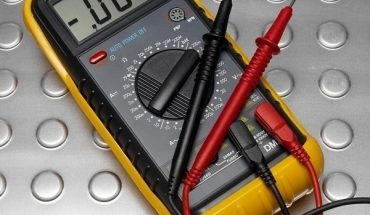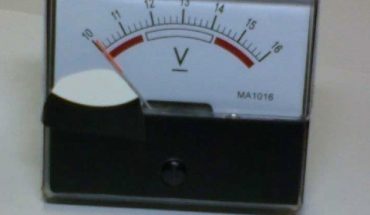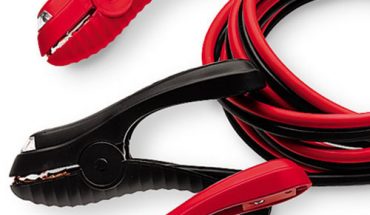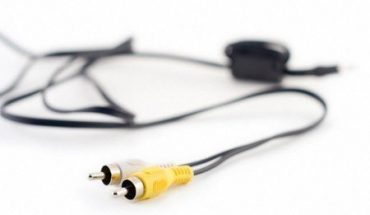Generators convert mechanical energy from various sources of power. Water, gasoline, steam, and wind are only some of the sources of mechanical energy that are used by generators to produce electricity. This makes those curious enough to wonder just how generators work.
The Power of Electromagnetic Induction
The process called electromagnetic induction is the key to how generators work. The power sources, such as the ones mentioned earlier, are turned into electrical energy through this process. A copper coil in between two magnets spins around near a wire inside a generator. This causes a steady flow of electrons from the generator through an electric circuit. The principle of electromagnetic induction is the foundational principle behind power generation for any type of generator you can find.
One very simplified way to look at how generators work is to think of it as a pump. A generator uses magnetism to push electrons along a circuit. We can say that the magnet inside a generator applies a certain amount of “pressure” on the electrons thus making them move. The amount of pressure that moves the electrons is what we call voltage while the volume or amount of electrons that are in motion is what we call current or amperage.
Classifying Generators
We can classify generators depending on the source of mechanical energy used to spin the copper coil in order to produce current. The source of mechanical energy is also one secret to how generators work.
Gas powered generators are common for home use especially during a power outage. These generators use gas as the main fuel used to generate mechanical energy. These are of course only temporary sources of power and can power appliances used in the home. Some homes have these generators hooked up to the electrical system thus becoming a permanent back up source of electricity in case of blackouts.
Wind powered generators on the other hand have propellers that turn when the wind blows thus producing mechanical energy. The turning propeller turns the rotor to the main shaft and then spinning the generator and thus generating electricity. Wind turbines are used to produce electricity for homes distributed via power grids.
We can further classify generators by their sizes. Standby generators are larger and can’t easily be moved around. These can be installed or stationed on different locations. They only provide a temporary amount of power for establishments or homes during the event of a power outage.
Portable generators on the other hand are easily mobile generators, which are generally smaller in size. These usually used in camp sites and construction sites as temporary and short-term sources of power. How generators work regardless of their size is easily understood by understanding the principle they were built upon. It doesn’t matter what source of power is used to obtain mechanical energy.
Electromagnetic induction is the secret to how generators work. All generators work using the same principle, no matter what type or size of generator you have.





